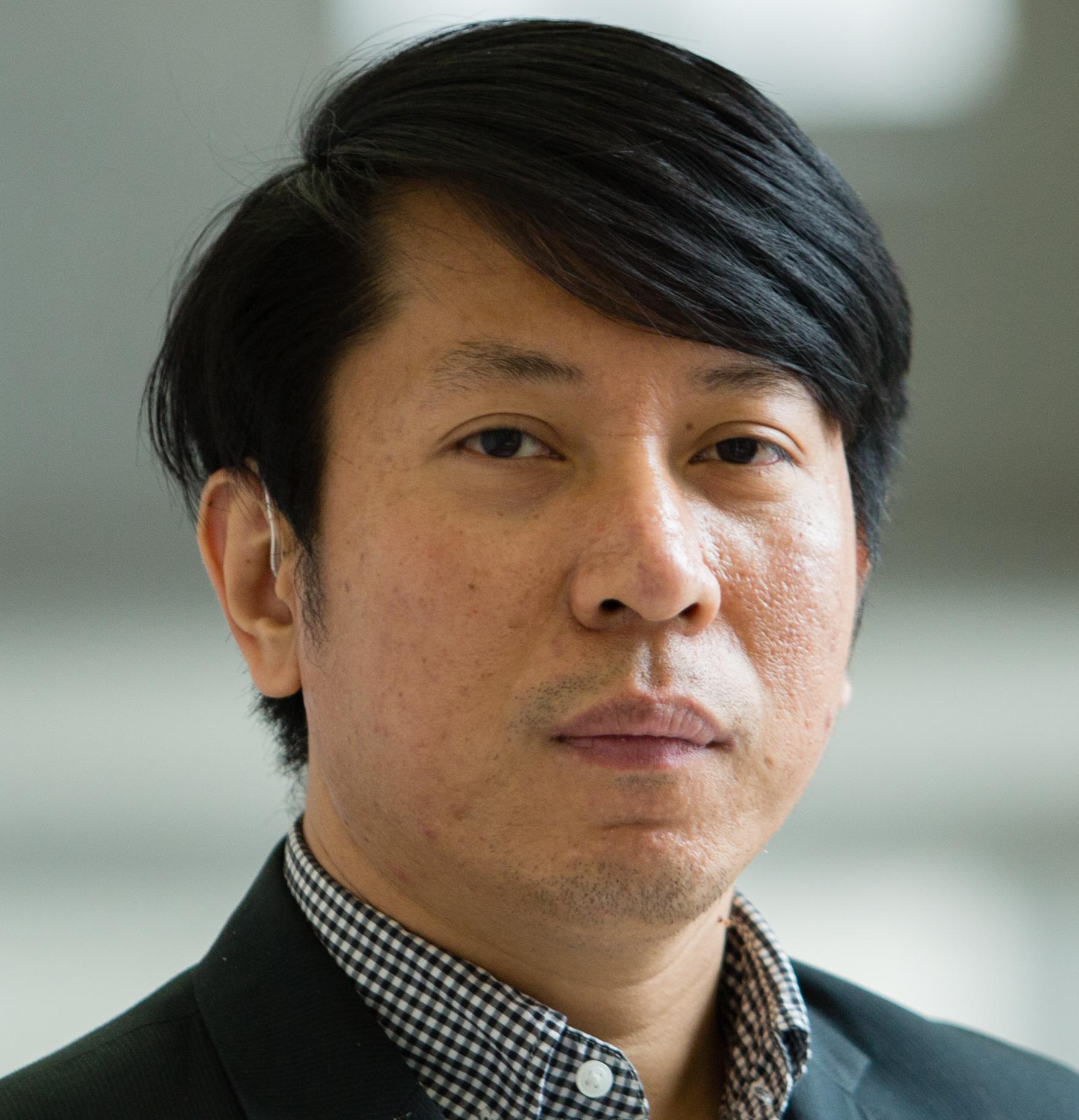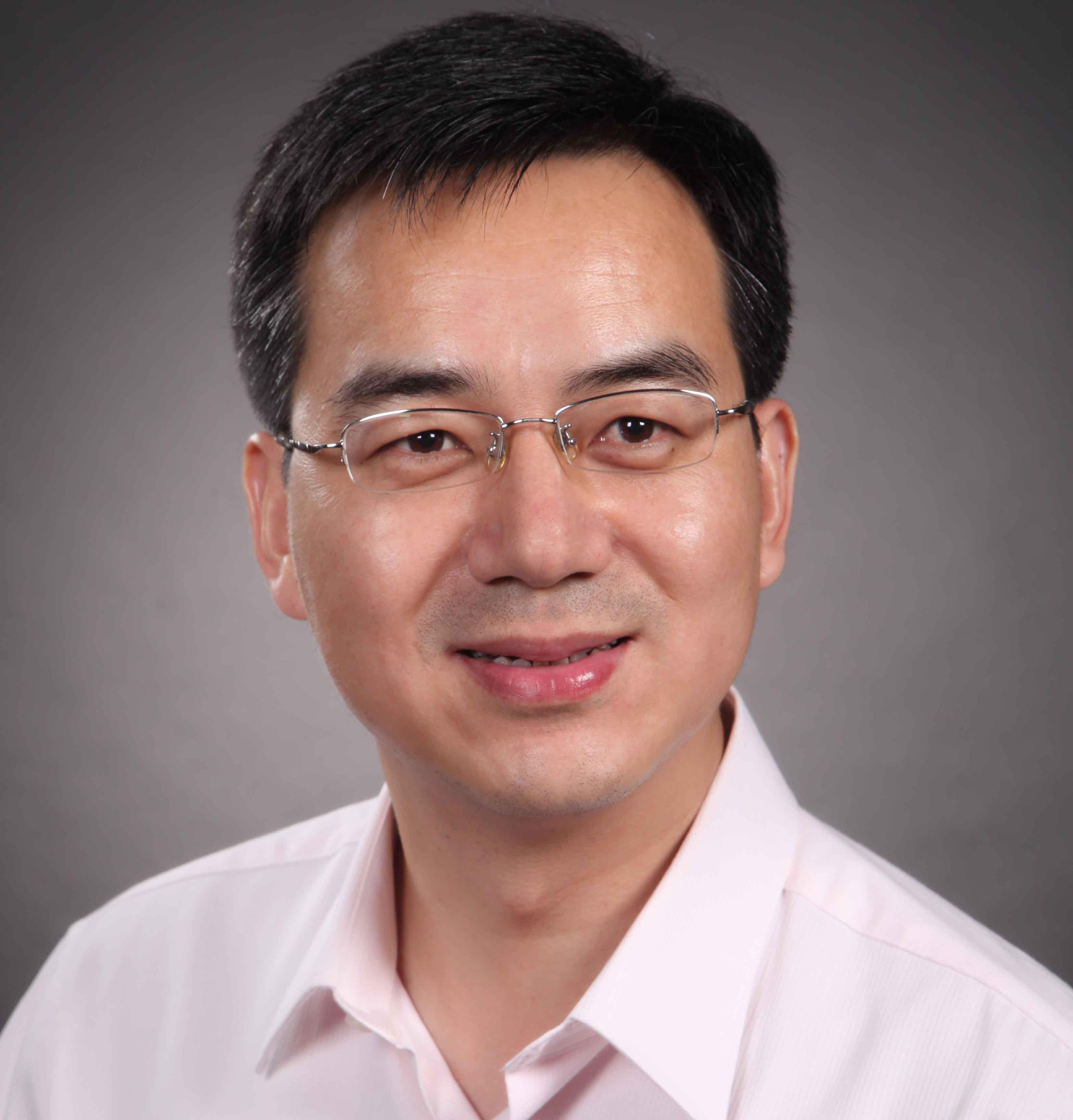The political season of the US is in full swing. With two big winners having emerged from Super Tuesday, academia and other observers are weighing who will be a more China-friendly US president? Between Hillary Clinton and Donald Trump, who is more benign for China-US relations?
Understandably, many people were turned off by Trump because they see him as a windbag, which explains why so many Republican heavyweights stand up against him as a potential candidate for the GOP. But what about Hillary? She attracts negative comments galore, and good words about her are few and far between. Some experts see her as hawkish, and think of her as no angel herself. But this author begs to disagree. To be more fair, Hillary is neither hawkish nor dovish, but she shifts between the two stances as required by circumstances.
For a long time, US officials have been fond of quoting Chinese sayings when addressing Chinese audience. President Obama, Secretary of State Kerry and former Secretary Clinton are into this format, having quoted wordings such as “in the same boat”, “When confronted by mountains, one finds a way through. When blocked by a river, one finds a bridge to the other side”, “share weal and woe”, and of course the proverbial “Isn’t it a pleasure to have friends coming from afar”.
Hillary is a pioneer in quoting Chinese concepts and sayings in her speeches, and proved quite an apt one as well. She used the phrase “in the same boat” first during President Obama’s visit to China and repeated it later on other occasions.
In her speech at the opening ceremony of the 2011 S&ED, Clinton made it more explicit, saying that China and the US are like two people in the same boat, and we should row in the same direction at all times. Also, she borrowed the famous “When confronted by mountains, one finds a way through. When blocked by a river, one finds a way to bridge to the other side”. She said that China and the US are not isolated from each other, but the two countries had established a web of connections that embraces the Asia Pacific and the whole world. In the same year, on the eve of the Chinese president’s visit to the US, Clinton openly rebuffed the notion of a “China threat” and the “zero sum game theory” regarding China-US relations. Rather, she said, the two countries should jointly rise up against challenges as two people in the same boat.
Otherwise, she warned, the two countries stand to lose, as it would lead to chaos that embroiled people in China and the US and beyond.
For many years, it was not a common occurrence for US senior officials to go to such lengths to quote Chinese sayings that resonate with the average Chinese, and we should give credit to the US side for doing that. Also, it is satisfying for the Chinese to hear these quotes. But in essence, this is a telling signal of the evolving political landscape in progress, in particular the accelerated shift in the China-US balance of power.
It is often said that the US is “hedging” against China. But Hillary Clinton’s rhetoric has been more on the positive side. Having said that, these narratives should be taken with a pinch of salt, until she practices what she preaches.
Chinese as a nation are practical and sober minded, and refused to be swooned by sweet talk. In 2010, Hillary proclaimed “we are back” during her visit to Singapore, which was a prologue to the “pivot to Asia” grand strategy. She admonished Cambodia against getting too close to China during her speech there. In April 2011, she made a misguided comment that China was trying to “stop history” regarding human rights issues, which was “stupid”. She even went so far as exhorting Hillary once even warned African countries to beware of “neocolonialism” pursued by China. She gave mixed signals in her remarks and she risked being hoisted on her own petard, due to her reckless indulgence in negative narratives.
People might be confused by the two faces that Hillary Clinton presents and ask, what does she really stand for? I believe that the two faces are like two sides to the same coin. Just like the US hedges against China, we must remain sober-minded and to get to the truth.
Nevertheless, we do hope that the positive dynamics will prevail in China-US relations, and both can be comfortable with the interdependence they share. On the part of China, while a measure of discreet and caution is indispensable and sensible, it should never stop extending its good will to the US.


